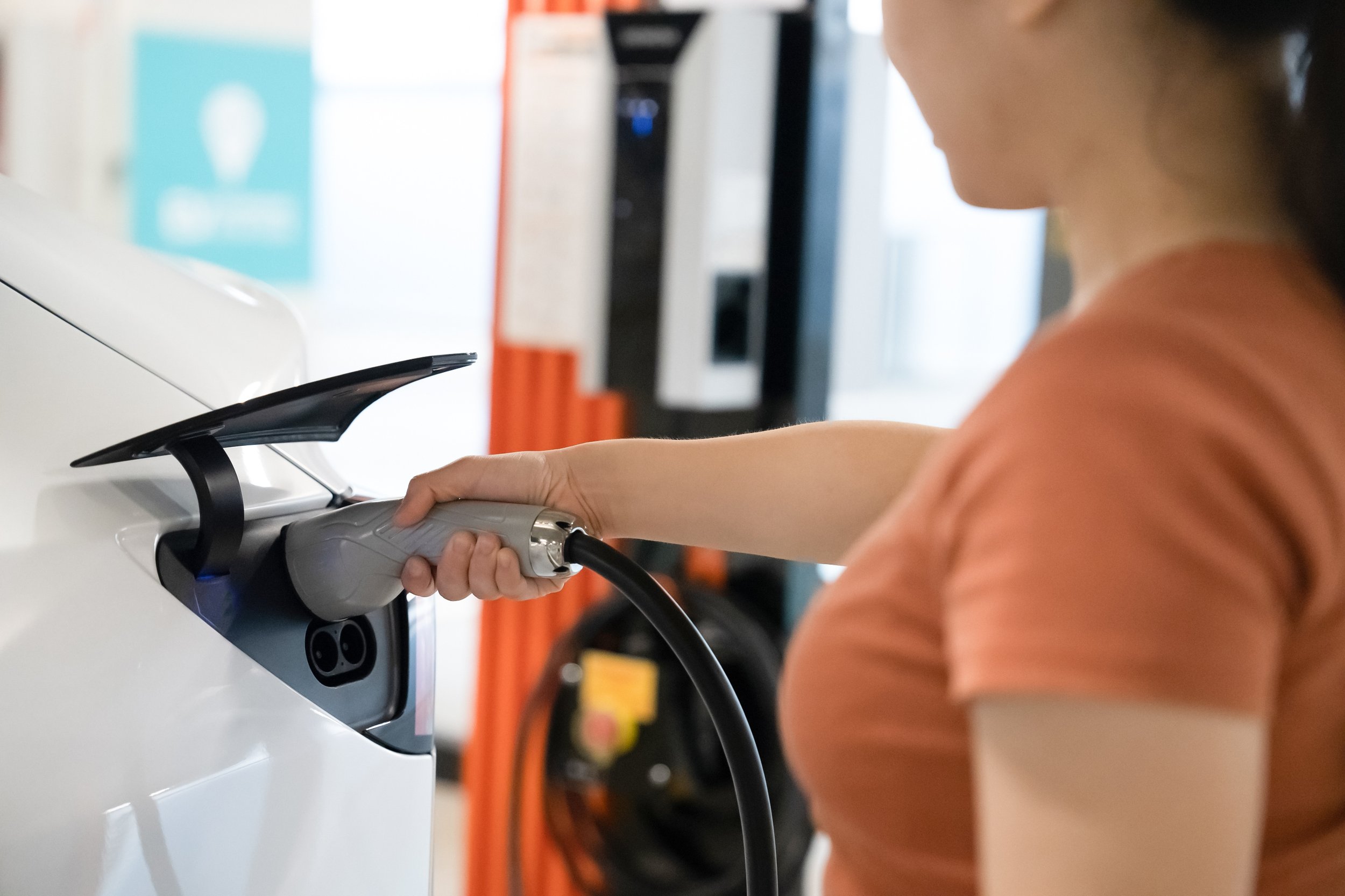
EV Chargers in Common Areas
Some strata apartment buildings may not have the power capacity to support EV chargers in every parking space without overloading the system. Placing EV chargers in common areas, such as visitor parking spots or dedicated charging bays, offers a shared resource for residents and addresses their charging needs effectively.
These chargers can be managed by the committee or building manager and used on a first-come, first-served basis or through a booking system.
Cost-Effective: Lower initial cost compared to outfitting the entire building.
Flexibility: Residents can charge their EVs without needing personal installations.
Community Benefit: Enhances the amenity offerings of the property

At Future Charging, we're dedicated to powering the future with innovative EV charging solutions. Whether you're looking for residential, commercial, or public charging infrastructure, our expert team is here to help. For any enquiries, please feel free to reach out to us.
Billing Solutions for Public EV Charging in Common Areas
Shared Power Billing
you can streamline the billing process, ensuring that each user of the shared power system is accountable for their individual charging sessions
Customised Billing
You can tailor your billing to suit your preferences. You have the flexibility to set the charges based on electricity consumption, time, or a combination of both.
Monitoring & Reporting
You can monitor charging activities and generate reports and gain insights into usage patterns, enabling optimised management decisions.

At Future Charging, we're dedicated to powering the future with innovative EV charging solutions. Whether you're looking for residential, commercial, or public charging infrastructure, our expert team is here to help. For any enquiries, please feel free to reach out to us.
Load Management System in Apartment
To ensure your building avoids power disruptions, we consider implementing a 'load management system'. This system effectively regulates the power consumption of EV chargers, preventing overload on the building's power supply.
Various solutions are available on the market, each offering different capabilities and costs. There are a few options that we utilise in different situations:
OPTION 1
Certain EV chargers can communicate with each other through WiFi or data cables, allowing them to collectively manage and limit the maximum power draw to a specified threshold. By assessing the building's power consumption and capacity, this limit can be set to mitigate the risk of exceeding the building’s power supply. All chargers must be connected to the same electrical circuit (common property meter), requiring payment software on each charger for users to pay for electricity usage.
OPTION 2
We may install a central device capable of communicating with any charger compatible with the Open Charge Point Protocol (OCPP). These solutions also integrate CT sensors with the mains input, allowing real-time measurement of available energy, thereby enhancing the charging efficiency for EVs in the system.
In smaller apartment buildings, it may be feasible to connect EV chargers directly to individual meters, eliminating the necessity for a payment solution from the common area meter.

At Future Charging, we're dedicated to powering the future with innovative EV charging solutions. Whether you're looking for residential, commercial, or public charging infrastructure, our expert team is here to help. For any enquiries, please feel free to reach out to us.

